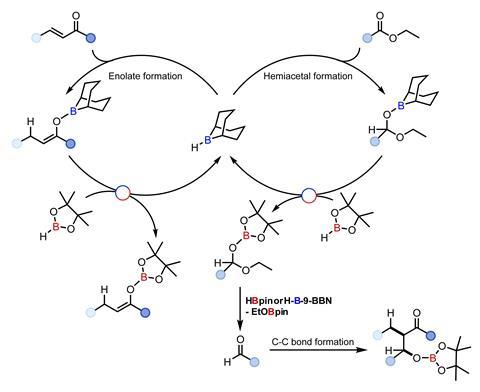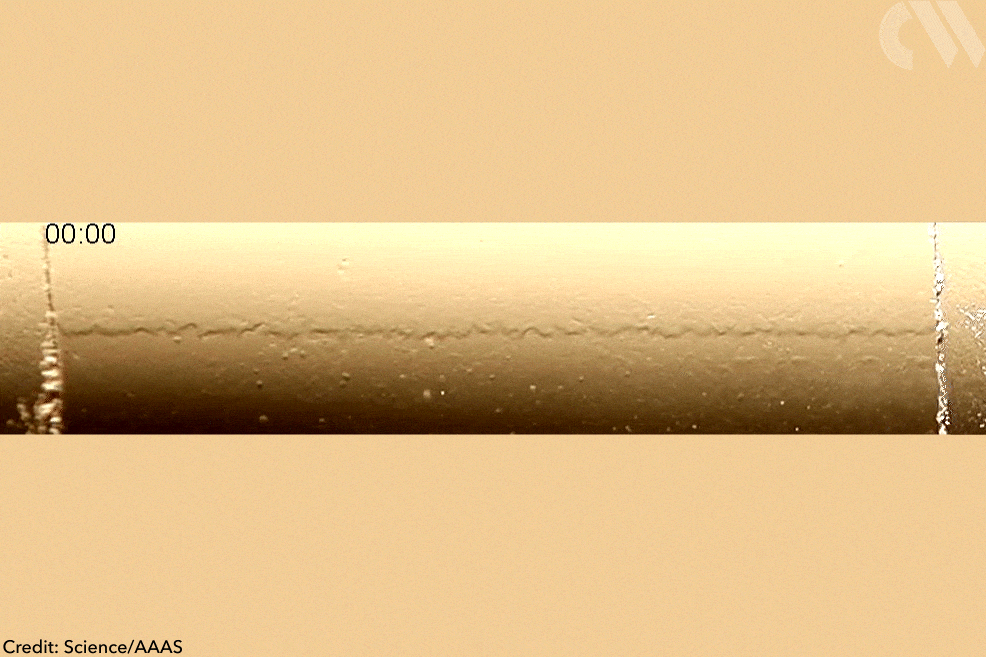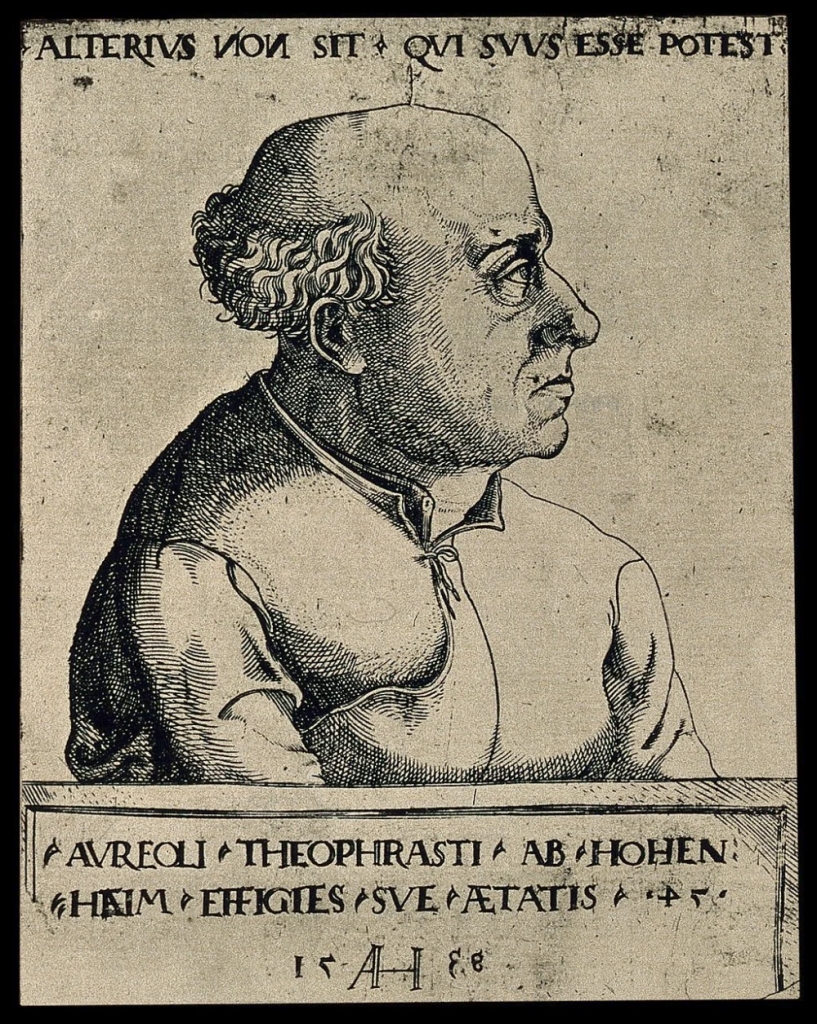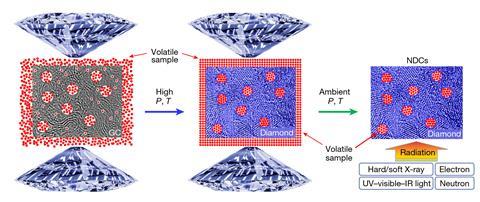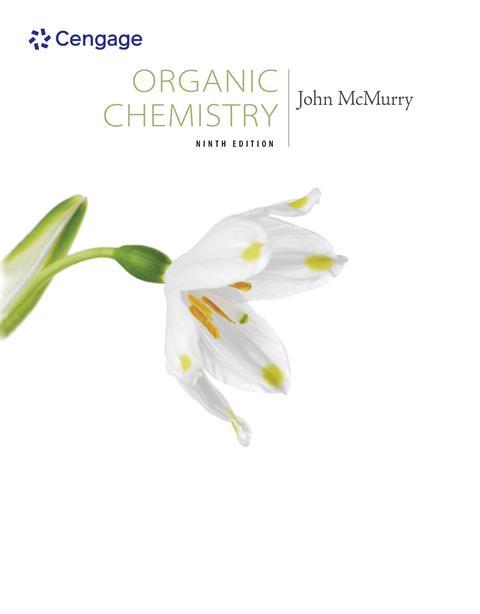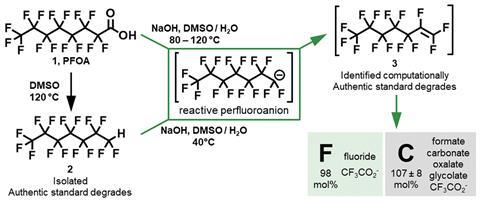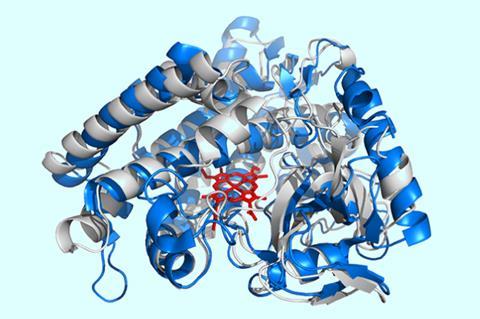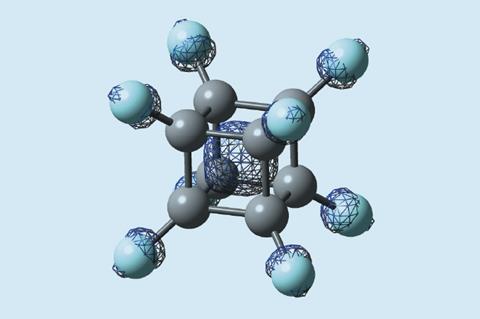The first aldol reaction that uses esters instead of aldehydes as one coupling partner has been developed by scientists in the UK. It will give chemists ‘an entirely new retrosynthetic disconnection,’ says the study’s leader Stephen Thomas from the University of Edinburgh. The aldol reaction is a carbon–carbon bond-forming process between two carbonyl compounds – […]
Read More